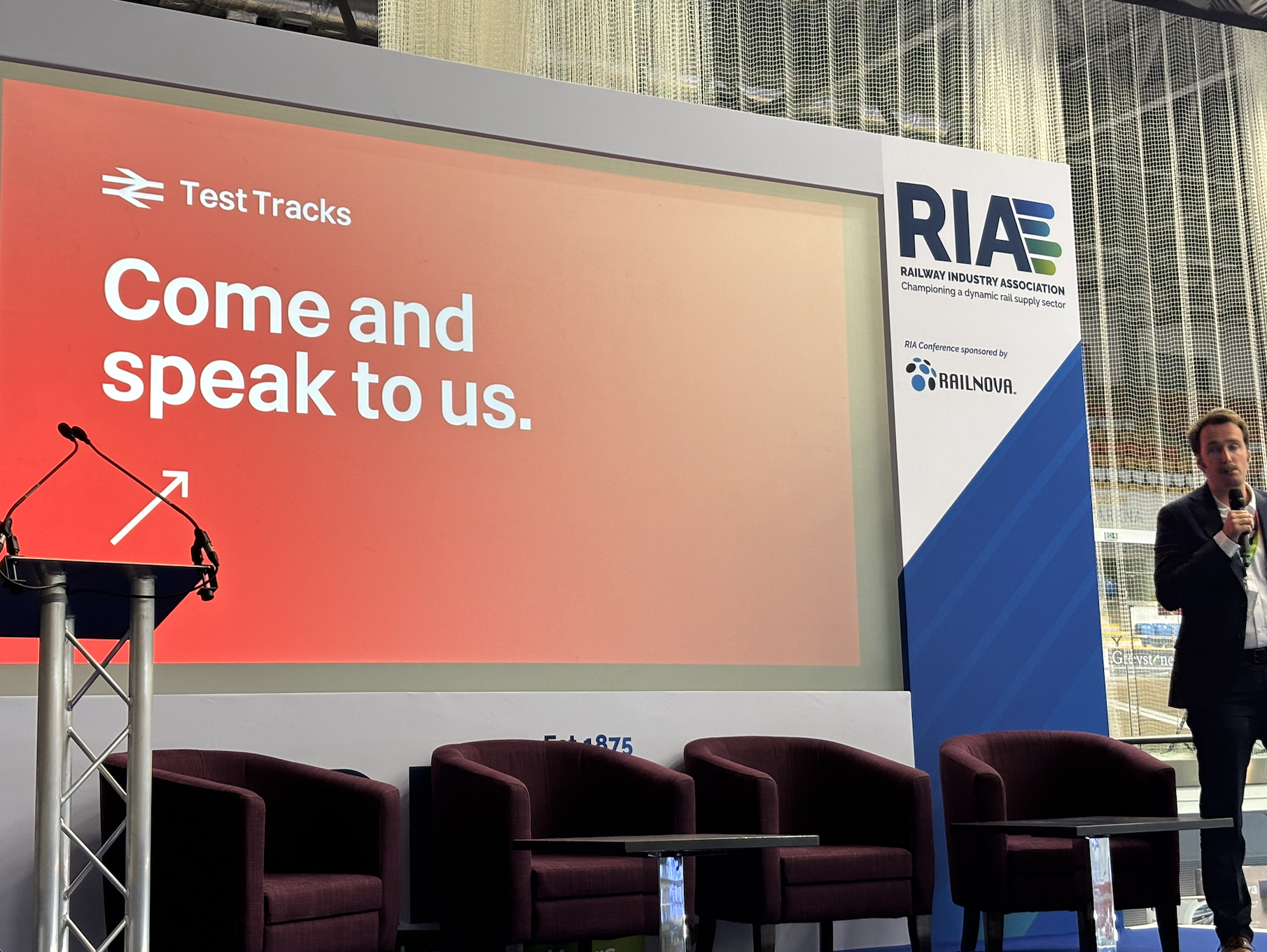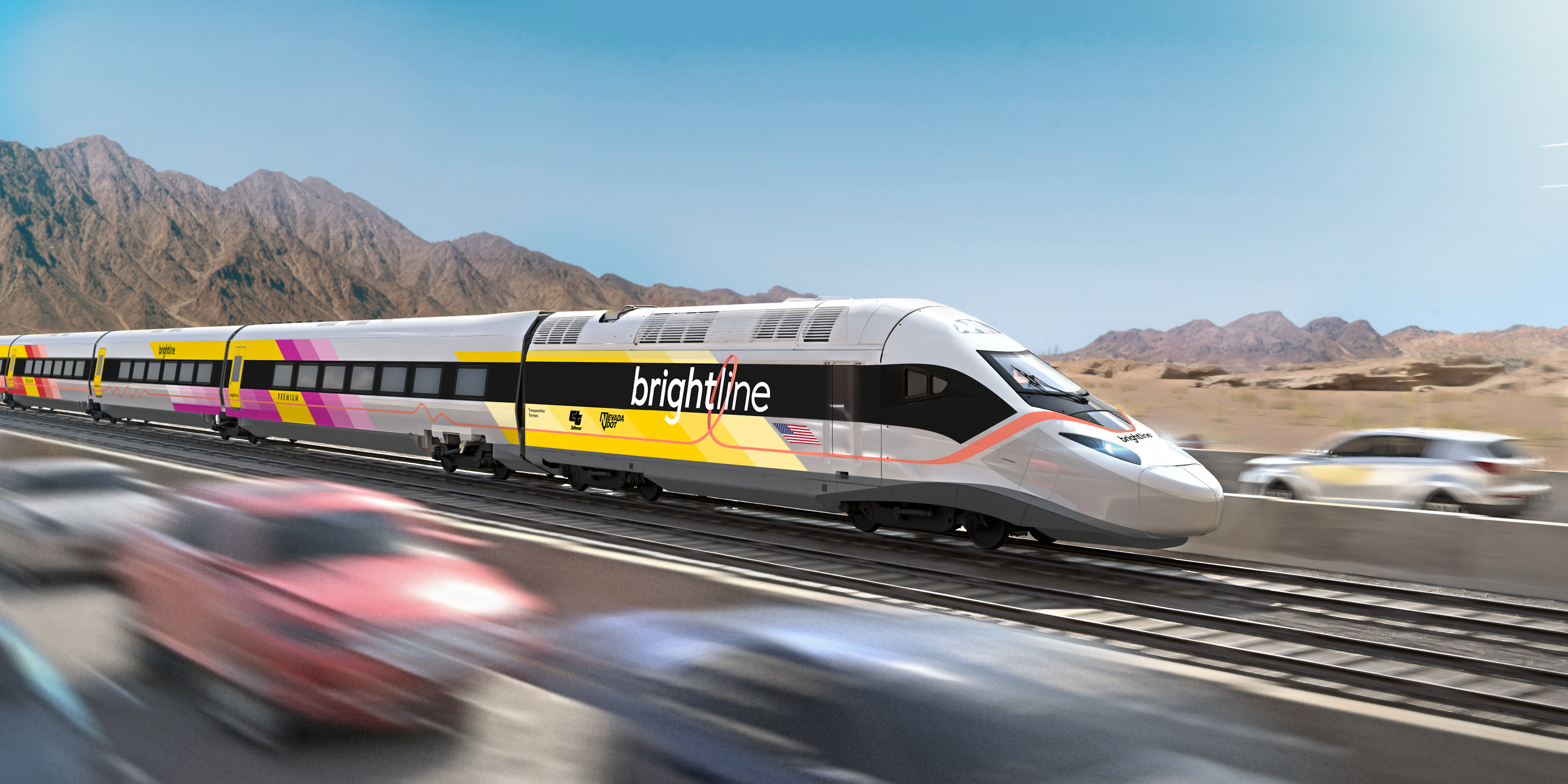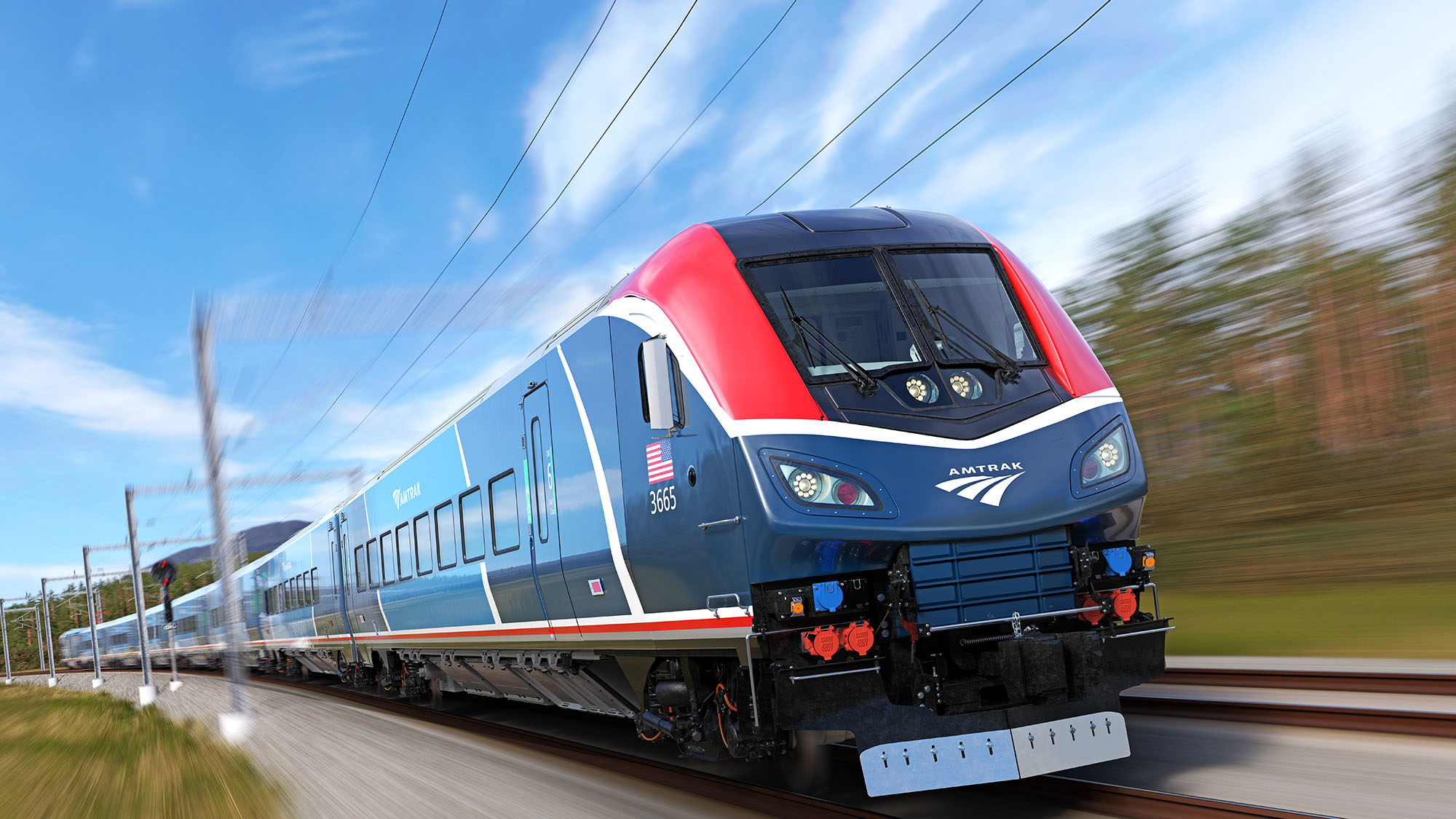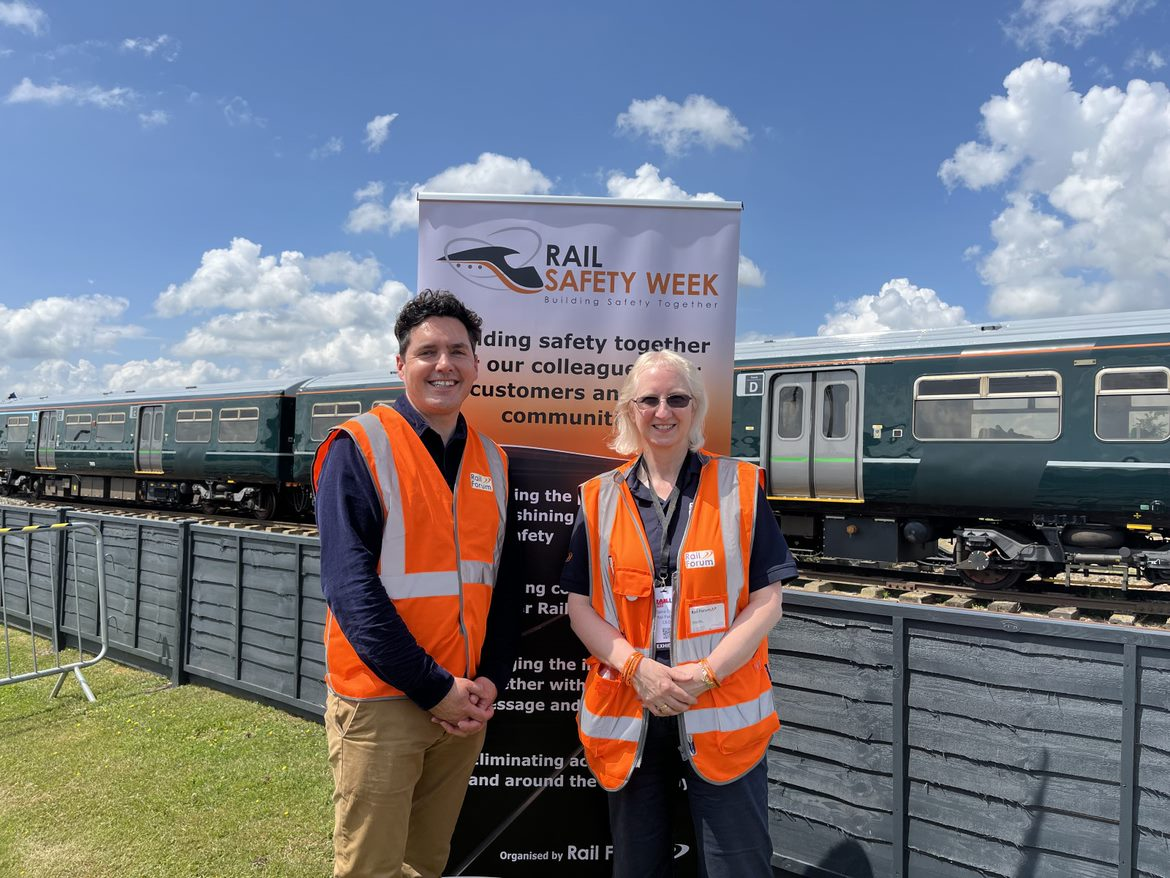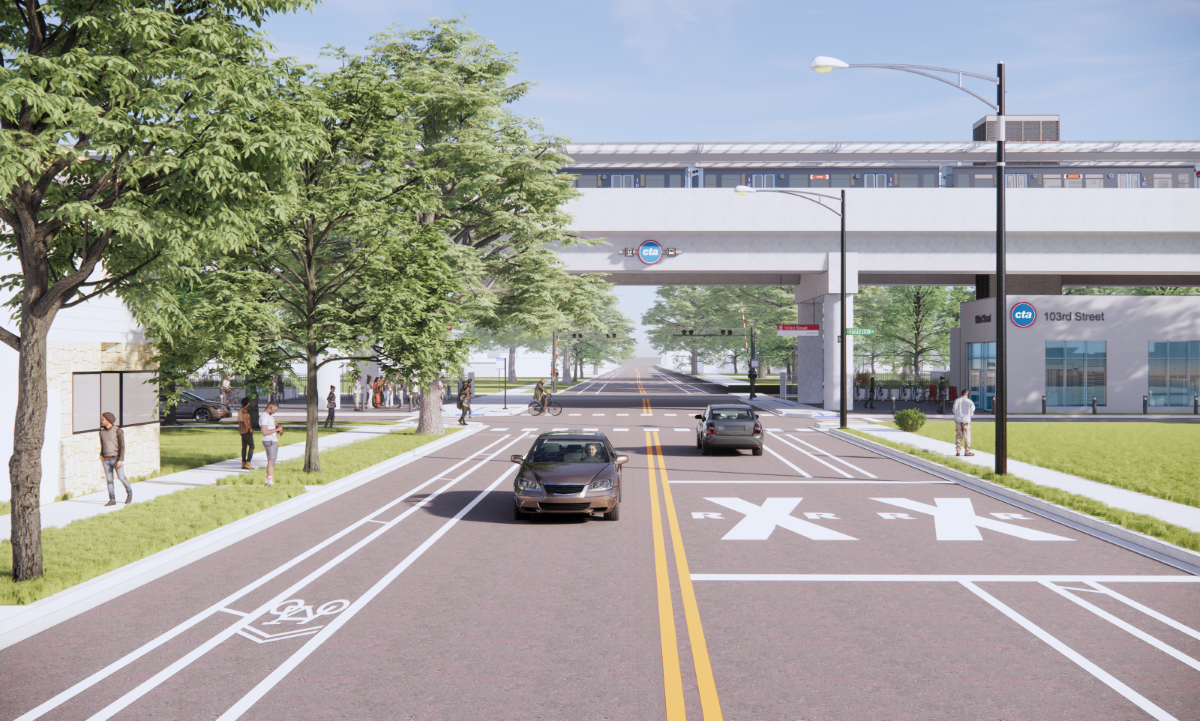From 2-5 June the APTA Rail Conference convened in Cleveland to address the latest challenges and advancements for the US rail industry.
A specific focus throughout the event explored factors to encourage more people to take the train, supporting a modal shift away from private cars. For rail to be an attractive transport option, the conference sessions acknowledged that services should be efficient, cost-effective and reliable. Crucially, passengers also need to feel safe and secure while onboard and at stations.
To meet this key requirement and retain passengers, agencies need to ensure their transit environments are free of threats. Meanwhile, negative public perceptions need to be refined to reflect this work and attract new riders.

Enhancing Safety
Police Presence
Concerns regarding safety on transit have become particularly prominent following the COVID-19 pandemic. At the APTA Rail Conference, Freddy Cuevas, Police Detective at the Greater Cleveland Regional Transit Authority, spoke of specific challenges that arose during this time. For example, shelters were reduced to half capacity, public libraries closed, and non-violent offenders were released from jails. Transit facilities therefore became a central resource for the unsheltered, including people with mental health and substance abuse disorders.
Meanwhile, the murder of George Floyd increased the national distrust for law enforcement and created pressure for officers to mitigate the use of force. As a result of these factors, people in crisis became more visible on transit networks.

To effectively respond to this increased challenge, transit police started working with local organisations and associations to offer resources and assistance to those in crisis. Police officers also completed Crisis Intervention Team (CIT) training, with a focus on active listening, behaviour assessment and de-escalation.
Freddy Cuevas, Police Detective at Greater Cleveland Regional Transit Authority said:With these initiatives, our offices had something to offer the public, instead of just a citation or an arrest. People started getting help and it changed our relationship with many riders, as they knew if transit police showed up, it wasn’t just to arrest.
Civilian Taskforce
In addition to enhancing the capabilities of uniformed staff, agencies are also leveraging civilian roles to help address relevant issues and reduce reliance on the police force.
In Cleveland, RTA has established a team of Transit Ambassadors, while in Washington DC, WMATA has rolled out a Crisis Intervention Program, deploying a team largely comprised of civilian specialists, including former police officers, social workers, and people who work for non-profits.
During the APTA Rail Conference, Lavanya Poteau, Principal Strategic Program Manager for the WMATA Metro Transit Police Department’s Community Services Bureau and Marcus McIntyre, Police Lieutenant at WMATA presented the ongoing success of this programme, which launched at the end of 2022.
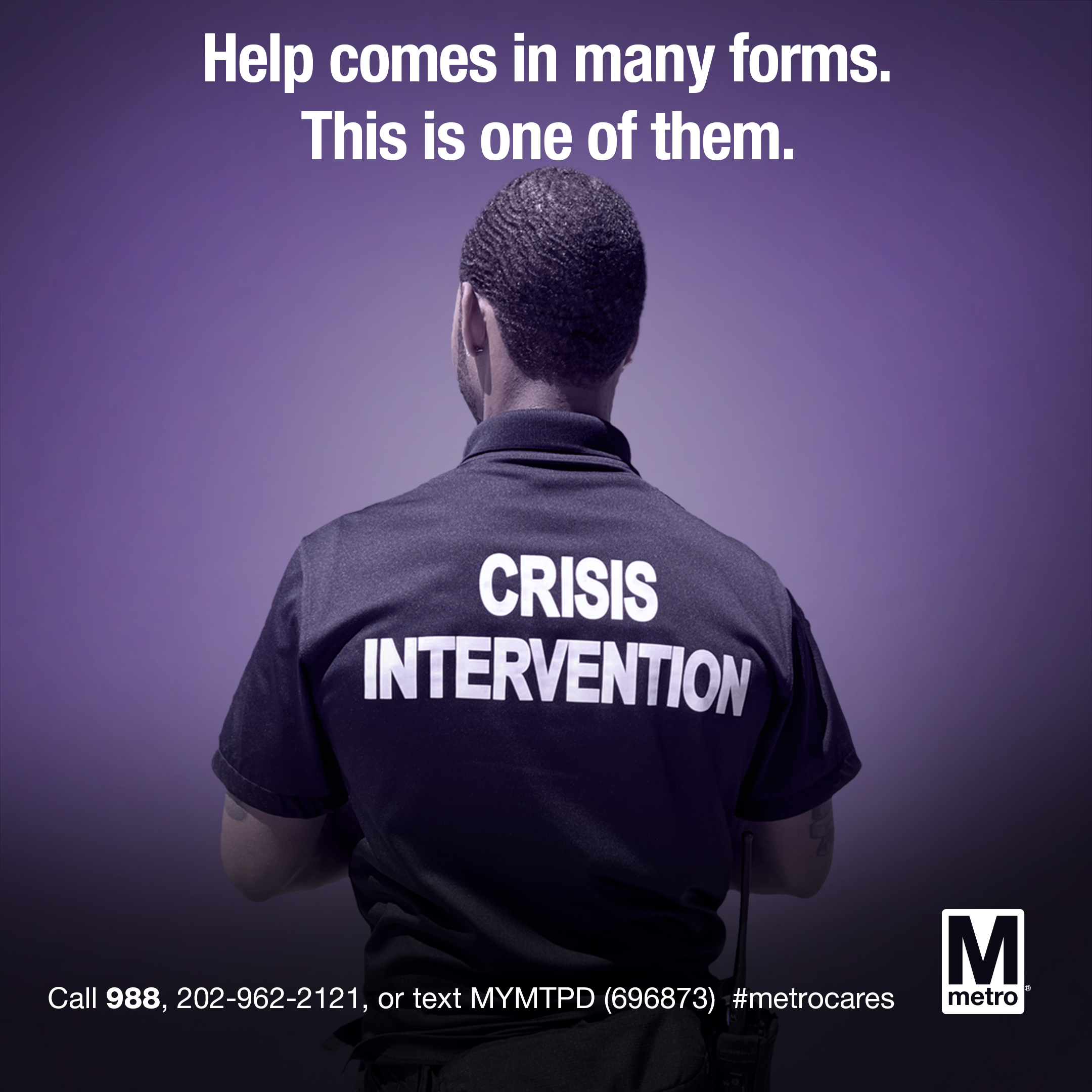
WMATA’s Crisis Intervention team identifies vulnerable people on its transit network and, in partnership with local shelters, offers help and resources to those in need. In doing so, the programme diverts calls from police officers and can address issues more effectively by providing specialist help. So far, in 2024 alone, over 12,000 vulnerabilities have been identified through this programme.
Technology
Alongside deploying human workforces, real-time surveillance systems at stations and onboard vehicles are arguably paramount for maintaining a safe transit environment.
As technology develops, the capabilities of these systems continue to grow. For example, during an interview with Railway-News, Gabriel J. Lopez-Bernal, President of Icomera North America, spoke about the value of AI and machine learning in surveillance technology.
This technology can make video surveillance systems more intelligent and proactive to assist police and security staff. Specifically, AI modules can identify unattended luggage, weapons, and altercations, such as two passengers getting into a fight. These systems can then inform the police of an identified threat to ensure an efficient response.
Improving Public Perceptions
Visibility
The visibility of both human and technological safety measures also helps improve public perceptions of safety.
Indeed, Andrew Wilson, Chief Safety Officer at TriMet in Oregon acknowledged that the visible presence of its safety response team reassures passengers that the agency is deploying active measures across the network.
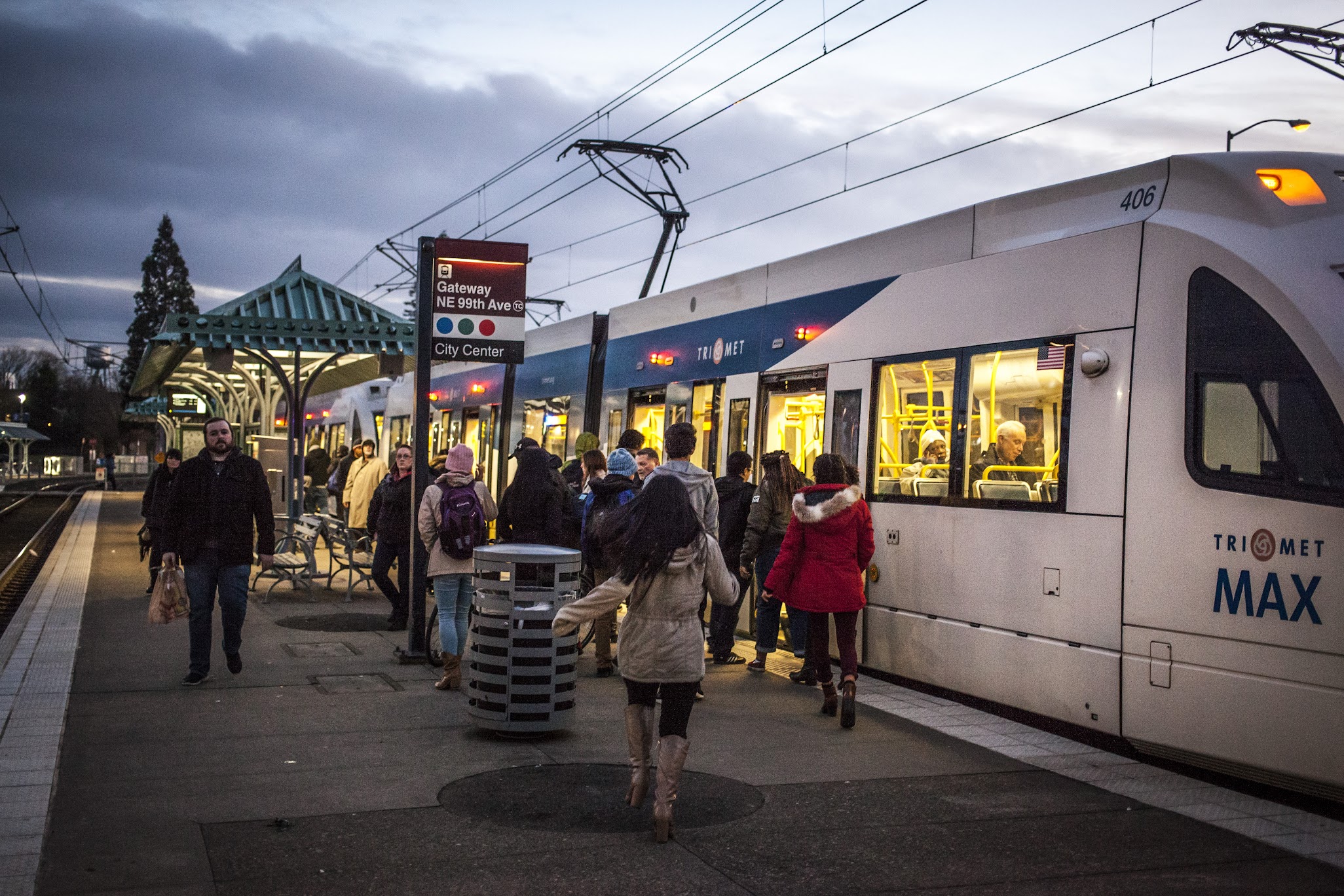
In addition, Wilson emphasised the utility of infrastructure that can detect issues and enable passengers to effectively report a concern. Alongside real-time monitoring systems, this includes resources on the TriMet app, placards on buses and trains with information on how to contact security, and blue light emergency phones.
Although such options may not surpass the potential of a passenger dialling 911 on their own phone, Wilson highlighted that these resources actively inform the community that TriMet is prioritising security, while offering them additional, visible options for contacting support. Furthermore, to help deliver an effective response, TriMet is also building a security operations centre that will open this summer. This site will respond to issues and ensure that the right tool is dispatched to the current location.
To raise public awareness of these measures, TriMet is accompanying these initiatives with a large public awareness campaign, thus encouraging riders to trust the network and feel safe when choosing to ride its services.
Cleanliness
Notably, a clean environment at stations and onboard vehicles also contributes towards presenting a safe and trustworthy experience.
As a result, the Southeastern Pennsylvania Transportation Authority (SEPTA) includes cleanliness as a key pillar in its SCOPE Programme, which connects vulnerable individuals with social services and aims to maintain a safe and clean transit environment. Specifically, SCOPE stands for Saftey, Cleaning, Ownership, Partnership and Engagement, as presented by Flora Castillo, President at Pivot Strategies, LLC.
To prioritise cleanliness, the SCOPE programme saw SEPTA allocate 14.8 million USD for maintenance custodians in its fiscal 2023 budget, almost tripling its spending compared to the previous year.
Specific practices that contribute to a clean environment for SEPTA passengers now include:
- Regularly sanitising vehicles and high-touch surfaces, including elevators, escalators, and entrances
- Monitoring bathrooms and elevators
- Equipping vehicles with a well-ventilated HVAC system and air filters
- Creating a new quick response team cleaning effort to respond to issues
- Collaborating with the City of Philadelphia Office of Homeless Services, Philadelphia police and public works departments to remove encampments near SEPTA stations and on city property
To support agency efforts, the APTA Rail Conference also provided a platform for third-party companies such as Hallcon to showcase the utility of their cleaning services. Indeed, by offering specialised transportation cleaning routines, high standards can be met to offer a healthy and welcoming environment that will facilitate ridership growth.
Media Coverage
The visibility of people who use transit while looking for shelter or experiencing potential mental health issues indubitably contributes to negative perceptions and causes transit networks to feel unsafe. By working to combat these issues, transit operators can thus improve the transit environment and increase the appeal of their networks.
However, in spite of these concerns, Polly Hanson, Senior Director of Security, Risk & Emergency Management at APTA noted that transit crime rates in the US are low. Indeed, she stated that crimes happening in general areas are often perceived as happening at stations because people are familiar with the station names, which are consequently referred to as nearby landmarks.
Arguably, the issue of safety on transit is thus also one of perception, which can be exaggerated by media stories.
This contributes to a Catch-22 scenario, where people avoid using transit, resulting in a greater proportion of riders being comprised of vulnerable individuals. Consequently, as more commuters and families start using transit, the environment will in turn feel more comfortable and safe.
Ultimately, to encourage this modal shift away from private cars and to leverage more sustainable transportation solutions, the issues of safety and perceived safety are crucial challenges to overcome. Agencies such as the Greater Cleveland RTA, WMATA, TriMet and SEPTA are thus rightly prioritising these measures to help encourage more riders to use their networks.

















